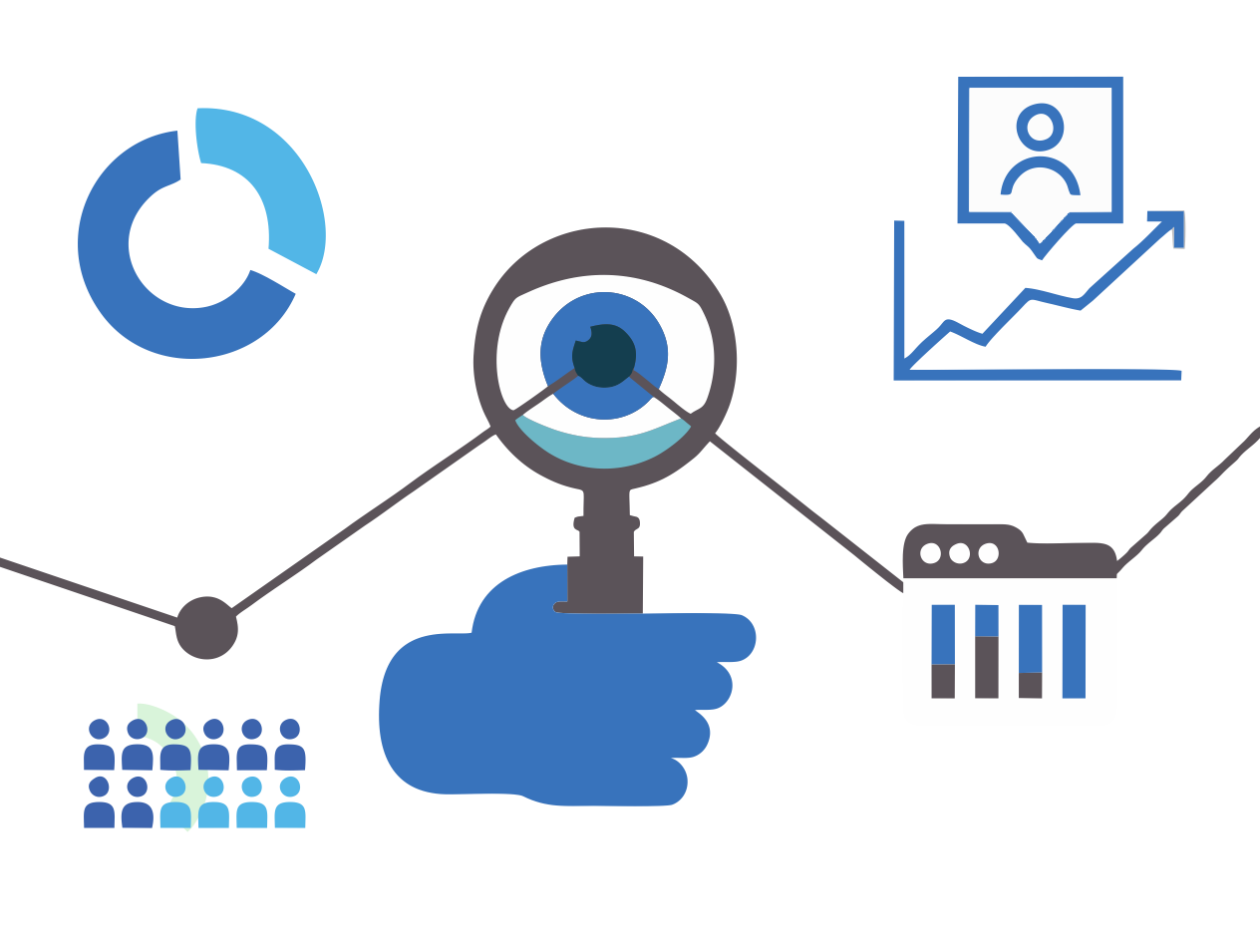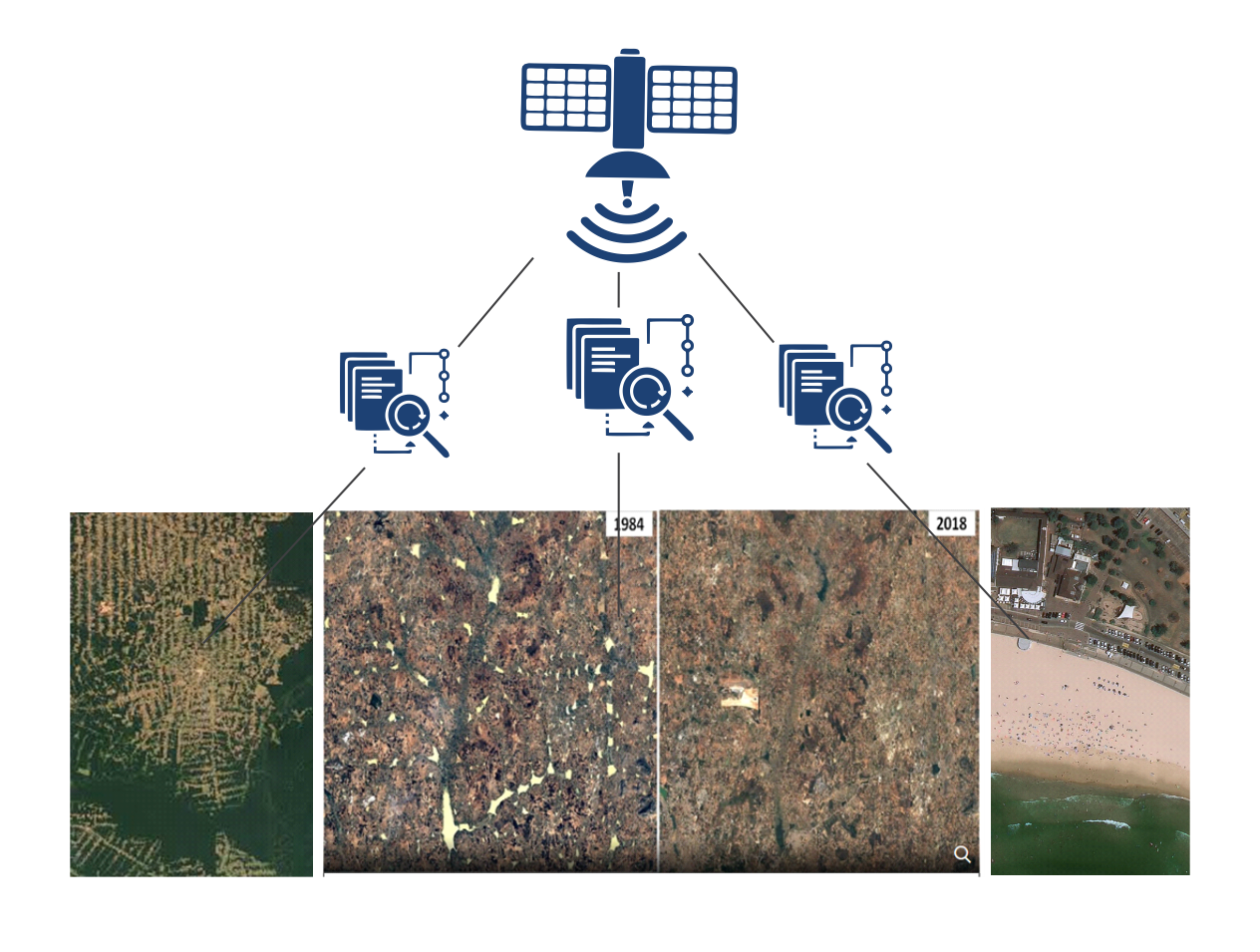A tourism board used Faster D-CNN algorithm based solution to identify popular spots & activities
The tourism board was looking to invest in revised positioning and marketing campaign to attract more tourists. They wanted to understand the popular spots in the city and how tourists liked to spend their time while visiting the city. They wanted to look at the social media posts of visitors to get a better picture of tourist attractions, their activities across Facebook, Twitter, Instagram and Pinterest using an automated solution.
Classifying activities and places using image analytics
The board used survey based understanding of popular activities and spots. They were now looking at a more scalable solution that could provide them better insights.
- Distinctiveness of tourist spots and activities mapping
- Brand imaging by identifying uniqueness and personality of the city
- Identifying the most popular spots and activities using image clustering
The study provided promising results in studying different tourism hotspots, the activities and the unique proposition of the city for tourism.
Non trivial, unclear requirements
The tourism board was not very clear and confident on the quality of results that an image analytics based solution could provide them. Looking at social media posts manually, they agreed that the information was useful if they could be aggregated. Another concern for them was the ability of the solution to provide them details at the granularity they were seeking.
One of the key challenges were skewed data with high number of images for 3 tourism hotspots. Other places did not seem to appear a lot in the shared images. And tourists would generally share images with popular activities only. Social media provides us with an amazing data source,and we are finding ways to utilize and understand the full potential. Our team proposed an image data-driven framework to help them answer all their questions using social data.
Persona of the city through social images
Deep CNN (D-CNN) allows image classification, object detection in the images and scene recognition in the image.
Compared to other computer vision algorithms, DCNN extracts high-level cognitive information from images, including visual concepts, therefore allowing better capture of cultural and historical styles.
One of the key challenges in the study was collecting enough images from distinct data sources. Social posts for a tourism location are generally biased towards the more popular places. It was therefore prudent to include multiple data sources, namely Facebook, Twitter, Instagram and Pinterest. We analysed 18 spots and have been able to map out 12 activities. We were able to uncover the cultural, historical and religious uniqueness of the city.




